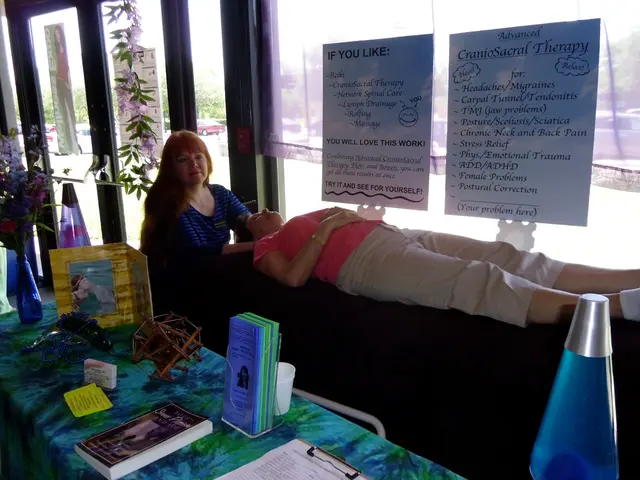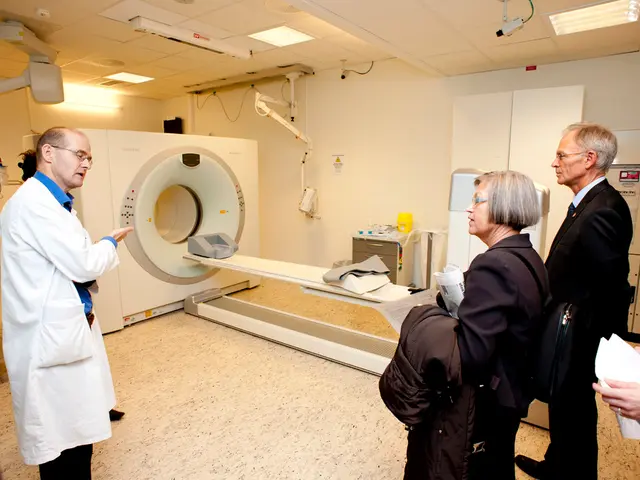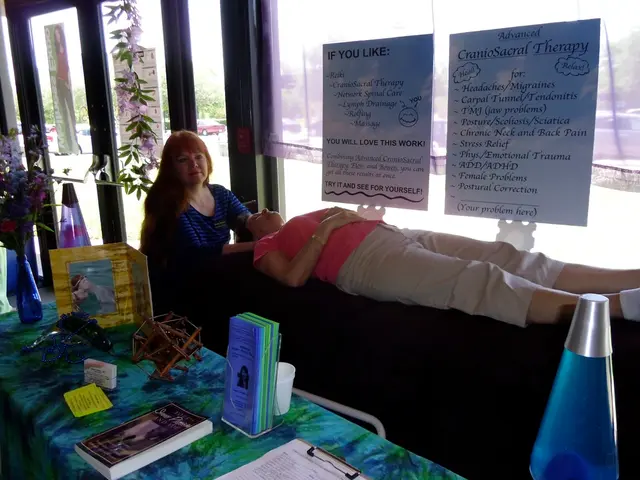Toolkit for Crafting Dynamic Digital People: Animation Solutions for Customizable Characters
Enhancing Social Presence in Virtual Reality: The Virtual Human Project
In a virtual reality landscape, creating a sense of social presence with digital characters can greatly amplify user engagement. This is a key discovery by Geoffrey Gorisse, an assistant professor at the Arts et Métiers institute of Laval. According to Gorisse, the consistency of an avatar's visual and behavioral elements plays a pivotal role in fostering social interactions in virtual environments.
Gorisse's research, conducted during his thesis and post-doctoral tenure at the Event Lab, University of Barcelona in 2019, revolved around the importance of avatar visual fidelity. A year later, this research culminated in the maturity of the project, which he used the lockdown period to develop for Unity, a popular 3D engine used for video game and VR development.
The resulting toolkit, dubbed the Virtual Human Project (VHP), provides developers with a package of optimized functions for avatar procedural animation. This project aims to improve the human aspect of virtual characters by focusing on three main aspects: gaze, lip synchronization, and emotions. The gaze feature employs multiple strategies from static to probabilistic, while lip synchronization is based on both pre-recorded and real-time audio inputs. The emotions category encompasses anger, disgust, fear, happiness, sadness, and surprise.
The enhanced realism of the characters significantly boosts the user experience, and developers are well aware of this necessity for project success. However, the resources required to create such tools are not always available within a single team. Computer science labs have the technical skills needed to develop such projects but often lack the social science expertise found in psychology labs.
To overcome this, the development of the VHP necessitated a dual approach. Leveraging his academic background in virtual reality and expertise in avatar visual fidelity, Gorisse was able to apply his technical skills and develop an easily integrable and optimized tool that bridges the gap between two distinct competencies.
Currently, the project primarily serves the scientific community, serving as a knowledge-sharing initiative. The open-source project, available on GitHub, is accessible to all and has already fostered collaboration with researchers from the Memory and Cognition Lab of the Paris Descartes university, as well as being presented during a meeting of the CNRS virtual reality research group.
For further innovation in creating lifelike virtual characters, it's essential to consider advanced animation and rigging (such as IK and retargeting), physics and dynamics, body tracking and interaction, realistic rendering and lighting, and advanced facial and eye animations. However, specific details regarding the VHP can be found in project-specific documentation or resources.
The Virtual Human Project (VHP), developed by Geoffrey Gorisse, focuses on improving the human aspect of virtual characters by emphasizing gaze, lip synchronization, and emotions, which are crucial for fostering social interactions in virtual environments. To achieve this, Gorisse applied his technical skills in virtual reality and avatar visual fidelity, bridging the gap between computer science labs and psychology labs, and furthering collaborative efforts in health-and-wellness, mental-health, and education sectors, possibly paving the way for future advancements in artificial intelligence and technology.




